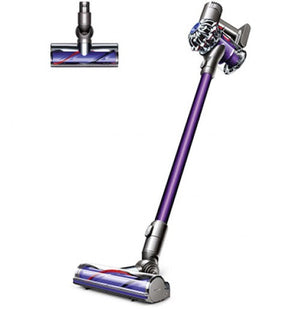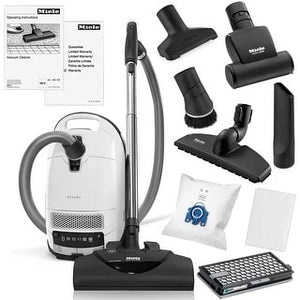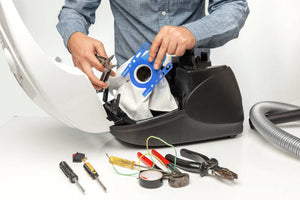What Is The Difference Between Wet And Dry Vacuum Cleaners?

There have been significant advances in the technology and features offered by modern vacuum cleaners making them a integral part of cleaning processes in both homes and offices. However, most people are unaware of the fact that these cleaners are not categorized only in terms of their size, mode of operation and design features but also on the basis of the type of substances they can pick up. Based on this aspect, the appliances can be broadly categorized as dry vacuum cleaners and wet vacuum cleaners.

Most traditional cleaners available in the market are perfect for home use, but they are not designed to clean liquid mess and are generally classified as dry vacuum cleaners. On the other hand, wet vacuum cleaners, as the name suggests are capable of sucking up liquid spills without causing any damage to the cleaner. Listed below are the points of difference between the two types of cleaners that can help the users understand their functionality in a better manner.
- Wet cleaner come fitted with a waterproof collector can that prevents the liquid from seeping into the fan and other electric parts and cause short circuit. Dry cleaners are not provided with any such protection and hence can cause electrocution of the user when used to suck up liquids.
- Wet vacuum cleaners are generally designed for industrial use and hence are a lot heavier and noisier than the dry vacuums. On the other hand, dry vacuums offer the benefit of almost noiseless operation and easy maneuverability due to their lightweight.
- Wet vacuum cleaners tend to be more powerful and provide a larger storage capacity. Dry vacuums in turn have a enhanced particle filtration system to ensure efficient cleaning and trapping of accumulated dust and dirt in a better manner.
- Wet vacuums are not effective in removing allergens and pollen to provide a cleaner air although they can remove heavier substances like pebbles and metal shavings etc. Dry vacuums come fitted with a belted brush which makes it almost impossible for them to pick up anything other than small dry materials.
- Wet vacuums are mostly not as easy to operate as their dry counterparts. They are generally canister types with a hose and other attachments. The dry vacuums are available in a greater variety of designs and models depending upon individual user needs.
- Wet vacuums can be used for household cleaning but the same cannot be said for dry vacuums. Moreover, wet vacuums are generally cheaper as compared to wet vacuums as they do not generally offer the level of sophistication or technology of dry vacuums.

Having understood the main points of difference between dry and wet vacuums, it is also important for the users to understand that some vacuums combine the best features of both. Such vacuums known as wet-dry vacuums can alter between the two modes of operation offering the benefits and features of both these categories in a single device. However, these vacuums do not offer the features that can hamper their working as a wet vacuum but are an integral part of the design and operation of the dry vacuum cleaners.
- Admin .







Comments 0